Spooks, goblins, and creatures of various sorts have always been a part of human consciousness, although these days we tend to view them with both fascination and disbelief.
Still, there are plenty of people who are firm believers in supernatural monsters, and centuries ago there were even more.
Below are five stories dating from the 16th and 17th centuries, featuring historical accounts of one of the monsters we still love to fear – werewolves.
Peter Stubbe, the werewolf farmer of Bedburg, 1589
According to Peter Stubbe, a farmer in the Rhineland, lived just outside of the town of Bedburg during a time when there was a huge amount of political and religious upheaval.
The part of Germany where Stubbe lived had been laid waste during the Cologne War between Catholics and Protestants.
Now citizens of the town were being killed, and rumors began to circulate about a wolf-like creature roaming around killing both people and livestock.
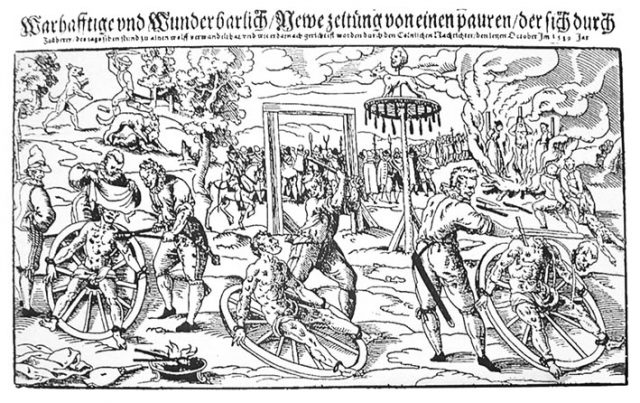
It was described as “greedy… strong and mighty, with eyes great and large, which in the night sparkled like unto brands of fire, a mouth great and wide, with most sharp and cruel teeth, a huge body and mighty paws.”
People lived in increasing fear of the creature, traveling in heavily armed groups when they had to go from one town to another, and each newly discovered victim would only increase that fear.
Attempts were made for several years to capture and kill the monster but with no success — until 1589 when a group of men managed to track the creature and encircle it with their dogs.
When the hunters closed in they found not a wolf, but Stubbe. It’s not clear whether the townsmen actually saw Stubbe transform, or if he was just in the wrong place at the wrong time, but he was captured.
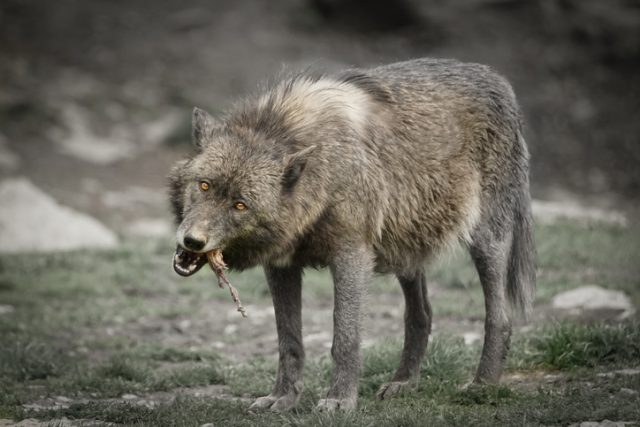
Stubbe was tortured and confessed to killing one man, two pregnant women, and thirteen children. According to a pamphlet circulated in London the next year, he further told his captors that he had made a pact with the devil when he was 12-years-old, exchanging his soul for various worldly pleasures.
Stubbe didn’t feel this was enough incentive on its own, so Satan gave him a belt that allowed him to turn into a wolf. He used it to commit any number of atrocities, including incest, murder, and cannibalism.
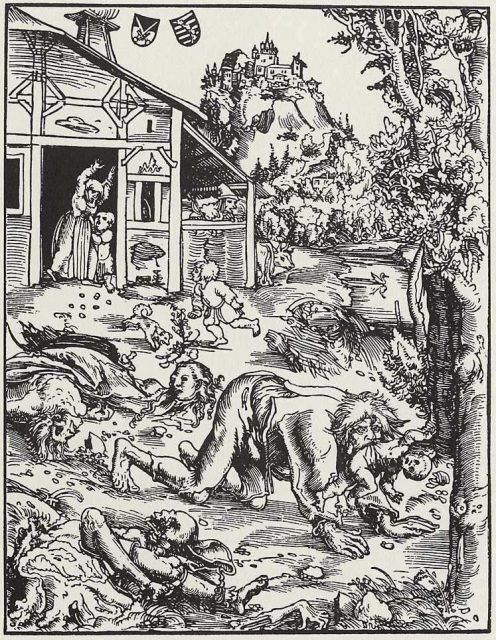
He was executed on October 31, 1589, horribly and gruesomely. He was lashed to a wheel while the flesh was torn from him with heated pincers, all his limbs were broken, he was decapitated, and as a final step, his body was burned.
His mistress and daughter were also accused of incest and were burned alive. Stubbe’s head was mounted on the body of a wolf and set in public as a warning to others who might be considering lycanthropy.
Gilles Garnier, 1573, The Werewolf of Dole
Werewolves.com reports that Gilles Garnier lived outside the French town of Dole and was essentially a hermit.
A while after Garnier’s residence began, children from the town began to disappear or to turn up dead, mutilated and dissected.
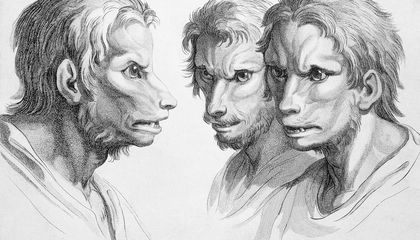
Local law authorities concluded it must be the work of a werewolf and encouraged the citizenry to be on the lookout for, and to hunt, the wolf. A group of men from near Dole were doing just that when they spotted what appeared to be a werewolf looming over the body of a child.
When they came close enough, they saw that it wasn’t a wolf, it was the hermit, Garnier. Likely after torture, he confessed at his trial, saying he had been visited by a ghost or demon which had given him an ointment that would turn him into a wolf.
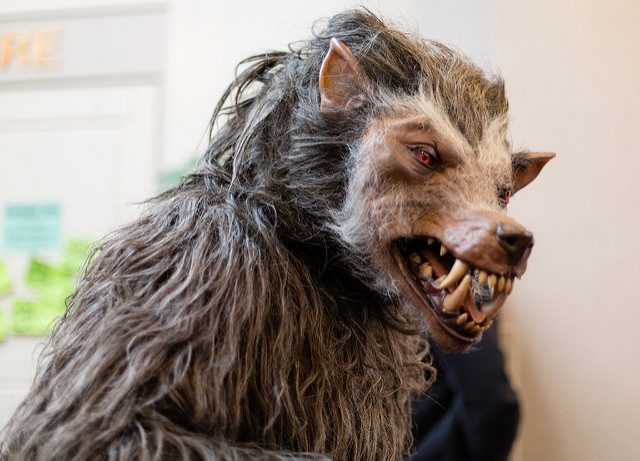
He confessed to killing and eating several children who had ventured into the woods and said he shared the meat with his wife. Garnier was found guilty of witchcraft and lycanthropy and was burned at the stake.
Jacques Roulet, 1598, The Werewolf of Angers
According to Mental Floss, what information is known about Jacques Roulet comes from an 1865 account from Sabine Baring-Gould.
Reportedly, in 1598, some men had come upon the mutilated body of a boy in the woods. Two wolves were spotted tearing at the body, but took off as the men approached.
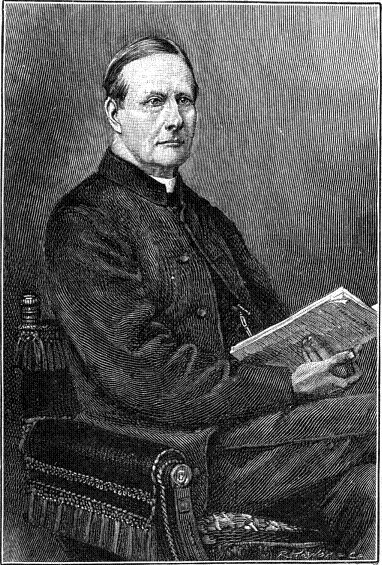
The men pursued the wolves, following their bloody tracks until they lost them. At the same time, the men spotted Roulet, bloody and half-naked, crouching in the woods nearby.
Roulet was captured and arrested. He confessed to the murder and said that he had a salve that turned him into a wolf. He further said that the boy wasn’t his first such crime, and that he had killed and eaten others.
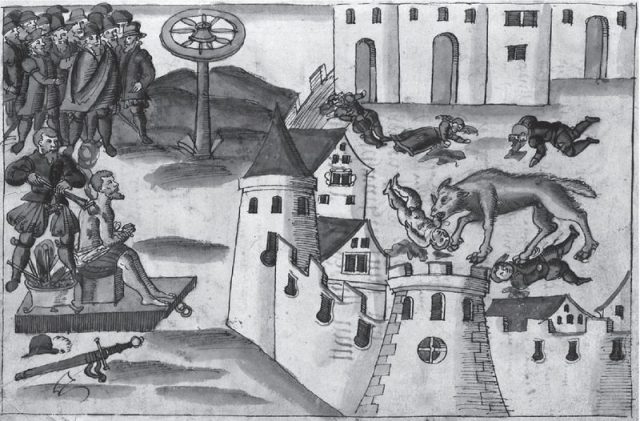
Roulet’s confession was unusual, in that there’s no evidence that he gave it under torture.
He made no claims to witchcraft or of having made a deal with the devil. He was convicted of murder, cannibalism, and lycanthropy, and was sentenced to death.
His case was appealed though, and he ended up being determined feeble-minded. He was instead sentenced to undergo religious education for two years and sent to an asylum.
The Werewolves of Poligny, 1521
This story involved a group. According to Werewolves.com, the story begins with a traveler passing through the French town of Poligny who was attacked by a wolf. The traveler fought the beast, wounding it and causing it to flee.
The man followed the blood trail left by the injured beast, and it led him to the door of a house in which a woman was binding her husband’s injured arm. The traveler was suspicious, and he reported the entire incident to the authorities who captured the man and tortured him.
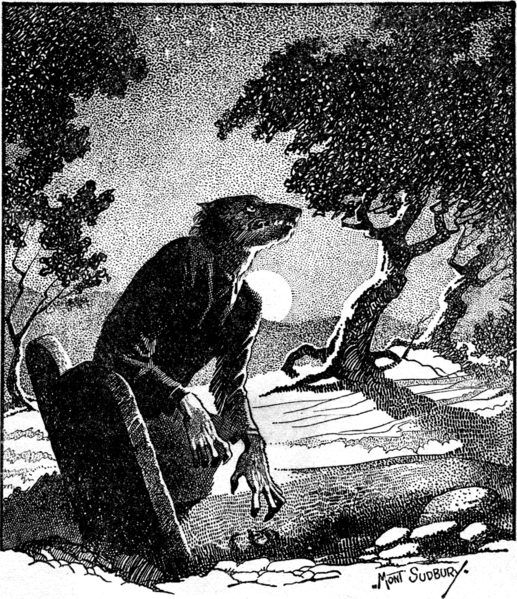
Michel Verdun confessed that he was a shapeshifter. He also confessed to murder, cannibalism, and trafficking with the devil. Lastly, he named two other men who were also shapeshifters, Pierre Bourgot and Philibert Montot.
The two named men were brought in for questioning, and Bourgot confessed also, to shapeshifting and to committing some other pretty heinous crimes.
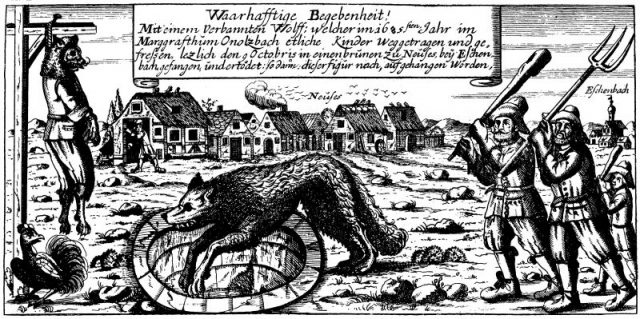
Mental Floss expands on Bourgot’s confession, saying Bourgot told of making a deal with three mysterious strangers to protect his sheep.
Bourgot claimed he was told only later that the deal included renouncing God, and that he received the ointment from Verdun which allowed him to shapeshift, and the two men jointly killed at least two children. It’s not known for certain if Montot also confessed, but it is known that he was executed with other two men.
The Wolf of Ansbach, 1685
In 1685, Ansbach in Germany was part of the Holy Roman Empire. The district was faced with an actual wolf which was killing and eating their livestock and eventually made the step up to killing people.
The terrified citizens were certain that not only was the culprit a werewolf, but that the wolf was really the town’s former mayor (who is never named in the accounts, but is clearly disliked), back from the dead, in the form of a wolf.
A hunting party went after the wolf with a number of dogs and drove the wolf into a well where it was killed. The citizens, still firmly believing that the animal was a werewolf, cut off the wolf’s nose, put the mask of a human face on it, dressed it in men’s clothing, and hung it from a pole, presumably as a warning to any other werewolves who might consider that area a good hunting ground.
Read another story from us: The ‘Dogman’ of Michigan: A Legend with More Sightings than Bigfoot
These days, we hear of werewolves primarily in movies, and they are sometimes feared, sometimes pitied. Either way, when the movie is done, the werewolf question is resolved. Long ago, in days before movies, the fear of werewolves was not so easily resolved, and being suspected of lycanthropy was a sure sentence of torture and death.
